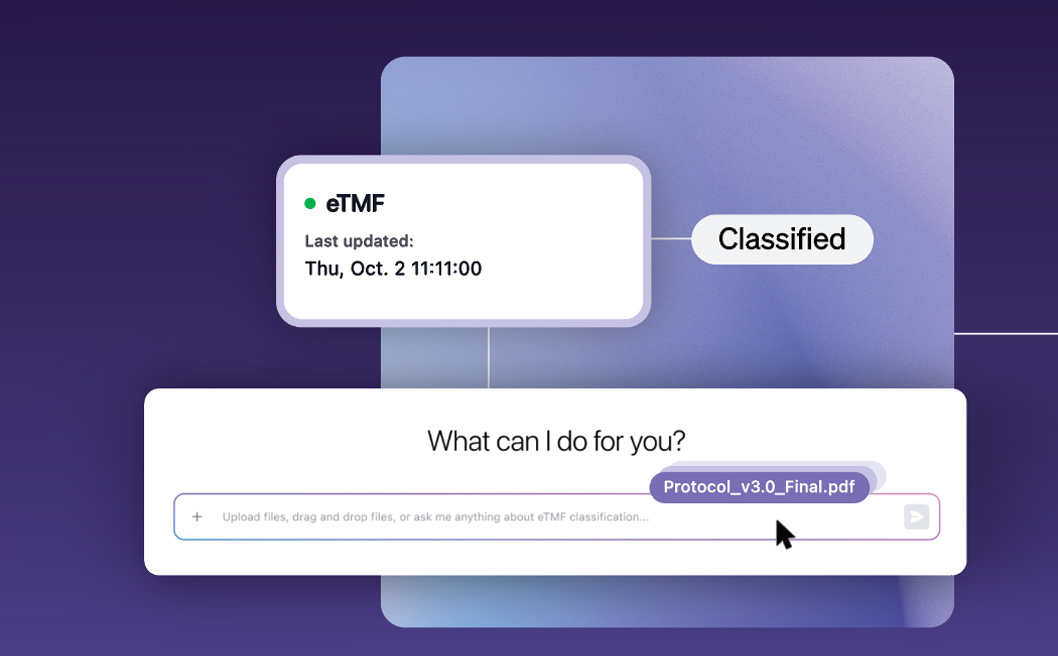Electronic Patient-Reported Outcomes (ePROs) are a type of Electronic Clinical Outcome Assessment (eCOA) that capture direct patient experience data in clinical trials through questionnaires, also called instruments. Following best practices when designing these instruments can optimize them for patient comprehension and usability and make them more patient-centric. This blog explores why patient-centric ePRO instrument design is critical to driving study success, provides tips on how to make instruments more patient-centric, and offers resources for additional ePRO design guidance.
Because clinical trial sponsors look at patient outcomes holistically, they must capture data beyond what can be collected via lab results and other objective endpoints. Patient-reported outcomes can capture the direct patient experience without clinician or staff interpretation. This data provides researchers with valuable insights on the physical, psychological and functional effects of the treatment under study.
While patient-reported outcomes were once routinely collected via paper instruments, research shows that paper questionnaires can be effectively converted to electronic methods (ePROs) by using design best practices to provide a quality user experience. Whether designing an electronic patient-reported outcome from scratch or migrating an existing instrument from paper to electronic format, implementing thoughtful design can produce ePROs capable of capturing outcomes far more effectively and accurately than paper methods.
Creating ePRO instruments that drive patient engagement
Developing ePRO instruments with the patient in mind increases user comprehension, leading to more accurate data collection and a better overall trial experience for participants. To design more patient-centric instruments, consider these recommendations:
1. Use plain and simple wording.
Using terminology that patients can easily understand is integral to receiving quality data. Rather than wasting the user’s time as they struggle to grasp what you want them to do, focus on providing easy-to-comprehend information and asking questions in a straightforward, accessible manner.
2. Consider the different cultural groups that will use the instrument.
In addition to simply translating the language used, it may also be appropriate to perform cultural validation of the wording to ensure your ePRO instrument can be understood equitably across cultures. Phrasing and references that appeal to various cultural groups can help make content more understandable and approachable.
3. Conduct qualitative interviews and test the instruments.
Before deploying an ePRO instrument to all participants, be sure to test it—but not just among any population. You’ll specifically want to test it among patients who have the disease that will be studied. After all, the disease state itself can affect how patients interact with the ePRO instrument. For example, streamlining the number of questions asked can help to avoid patient fatigue and facilitate timelier, more accurate patient reporting. Conducting qualitative interviews with testers about their experience provides valuable insights for adjusting the instrument prior to implementation.
Industry and Regulatory Guidance on ePRO Instruments
Alongside the recent proliferation of ePRO instruments in clinical trials has come a myriad of industry guidance. The following resources are designed to help researchers in their design and implementation of ePRO instruments.
C-Path eCOA Consortium. Founded in 2011, the eCOA Consortium (of which Medable is a member) is a collaboration that aims to enhance the quality, practicality, and acceptability of electronic capture of clinical trial endpoint data. The group also provides best practice documents and webinars, and C-Path serves as a neutral third party to provide oversight and expertise.
ISPOR guidance on ePRO. The International Society for Health Economics and Outcomes Research (ISPOR) offers a report that addresses the use of mixing data collection modes, including factors to consider when selecting a mode, how to migrate from paper to online instruments, and a discussion on qualitative and quantitative study designs.
EXACT PROgram from Evidera. Designed as an eDiary for use in clinical studies of COPD, study participants access and complete the EXACT eDiary on a handheld electronic platform similar in size to a smartphone.
Other scientific and industry organizations.
For those new to eCOA instrument design, Mapi Research Trust is a great place to start. Mapi offers a global library of eCOA instruments, webinars and more focusing on the design and development of patient-centered materials.
The EuroQol Research Foundation’s EQ-5D is an instrument used worldwide to measure the five dimensions of health and is used worldwide. The foundation also produces user guides, papers and books on the subject.
And EORTC, the European Organisation for Research and Treatment of Cancer, offers specific guidance for using PROs in cancer clinical trials.
Choosing a partner that understands ePRO data capture methodologies and best practices is essential. Medable brings a wealth of expertise and offers a complete suite of solutions. Medable’s decentralized clinical trial technology includes ePRO/eCOA, remote patient monitoring, medication adherence, eConsent, wearables and televisits.
Medable’s ePRO solution can be implemented as a single module or as part of an integrated Decentralized Clinical Trials (DCT) platform. With Medable ePRO, trial sponsors can capture clinical data in-person or remotely from the comfort of the patient’s home.
Why Medable for ePRO
Medable eCOA is designed to enhance your decentralized trial capabilities with all features
native to the platform. Modular by design—allowing you to use what you need, not what you don’t—the Medable platform provides a pathway to:
- Increase patient access to your study
- Improve enrollment in difficult recruiting environments
- Adds flexibility to your trial operations
- Improve the patient experience
- Execute workflows and decision trees to get you started quickly and implement new instrument testing and approval
Contact Medable today for a demo.











